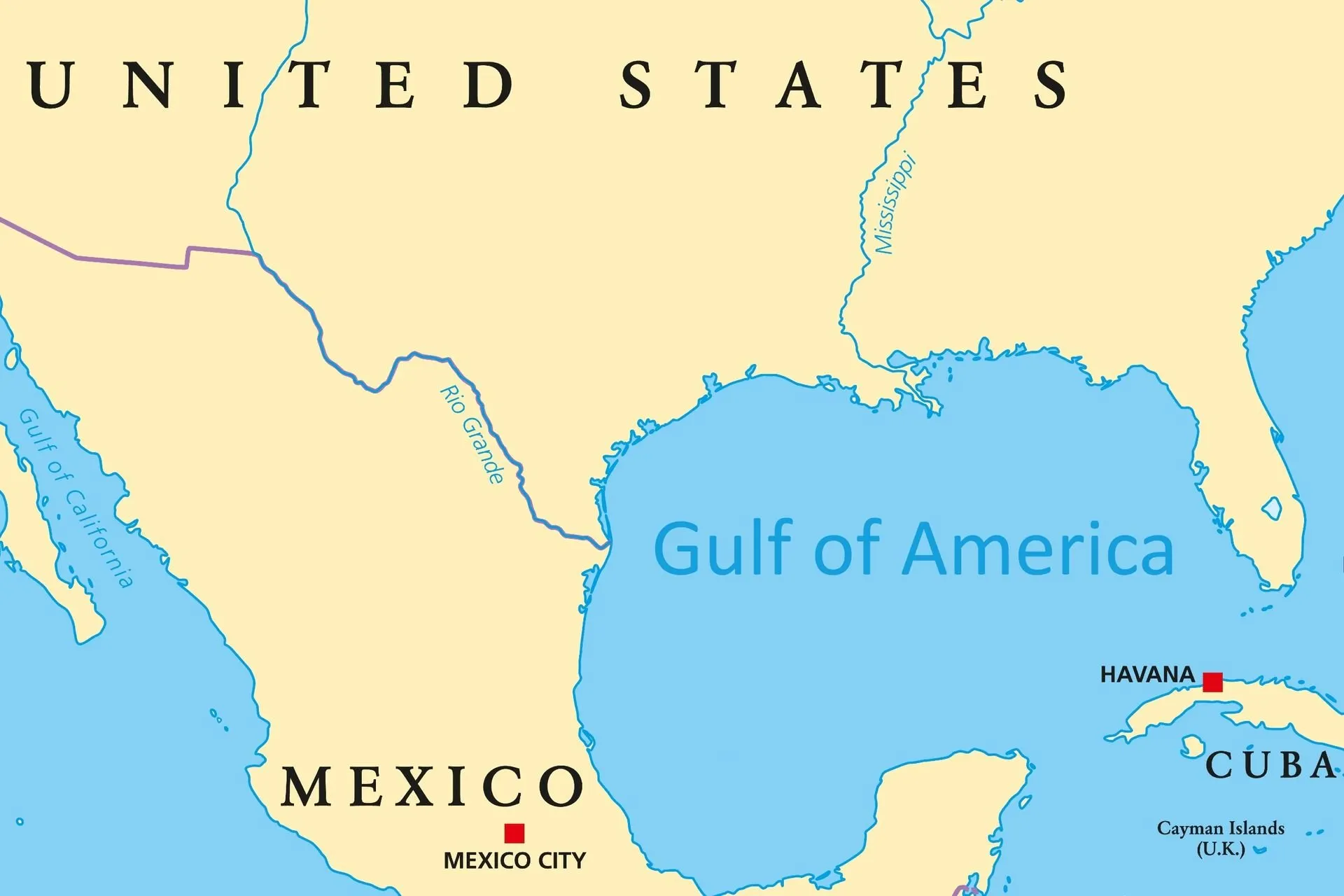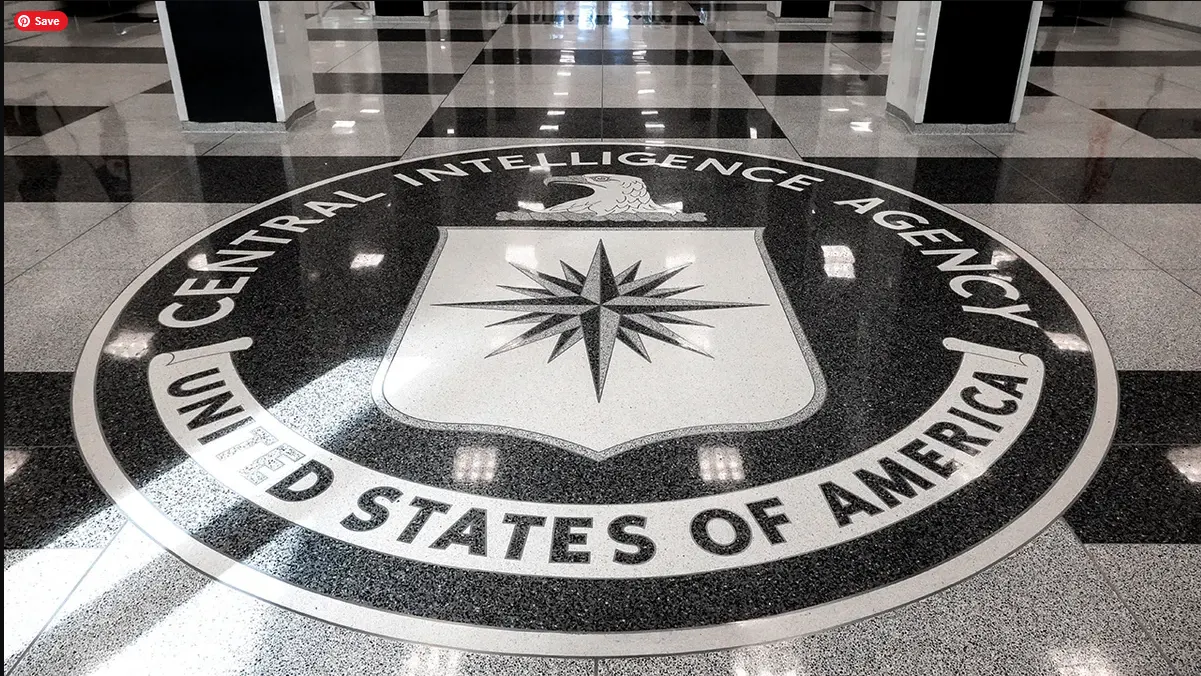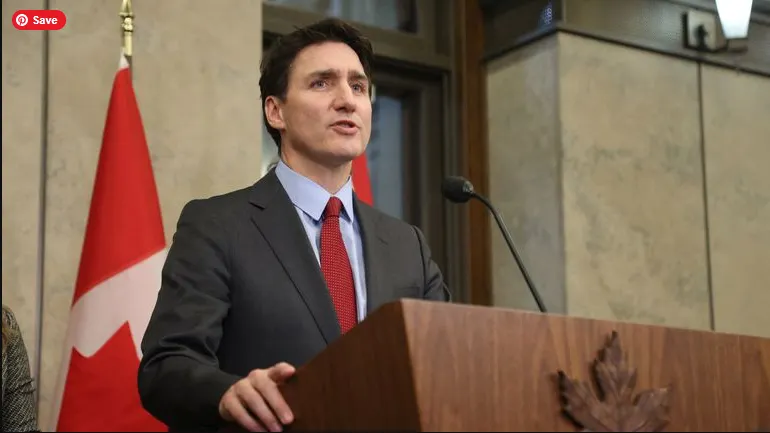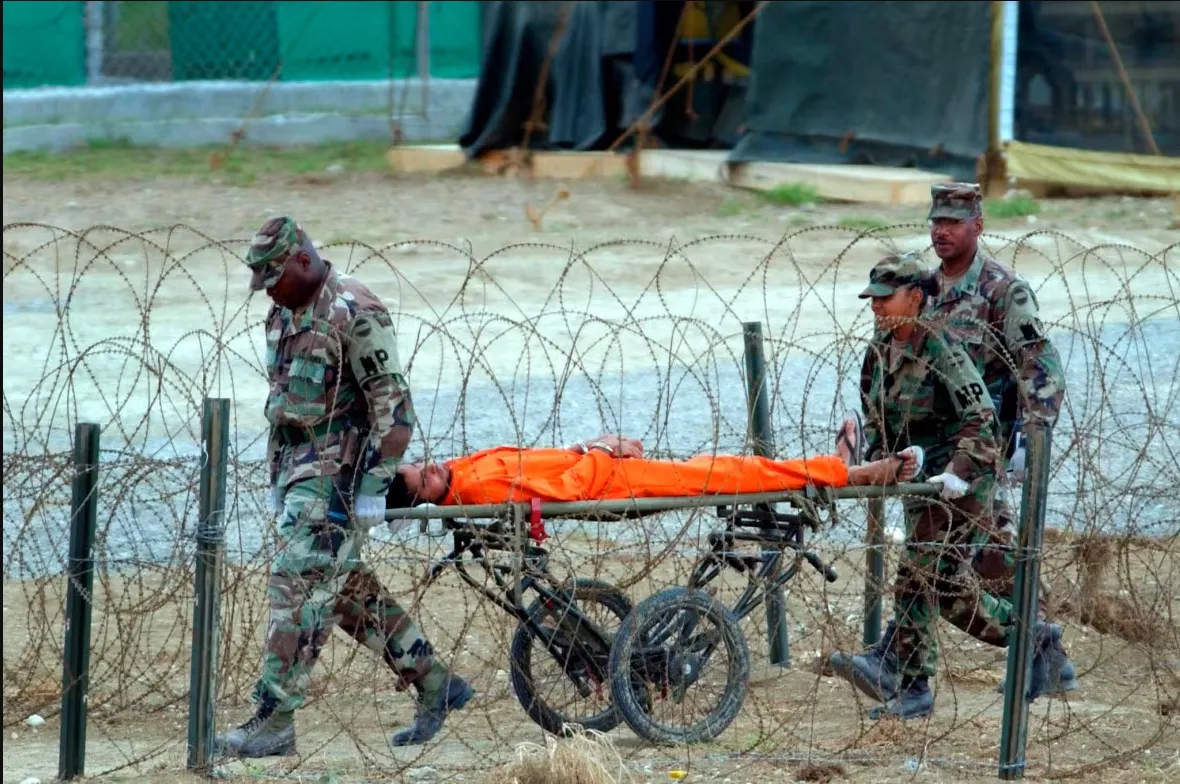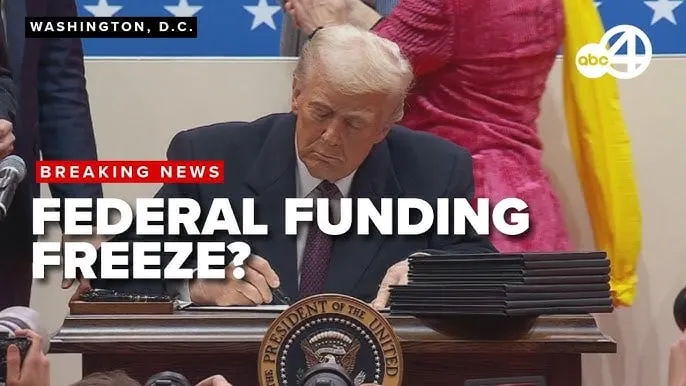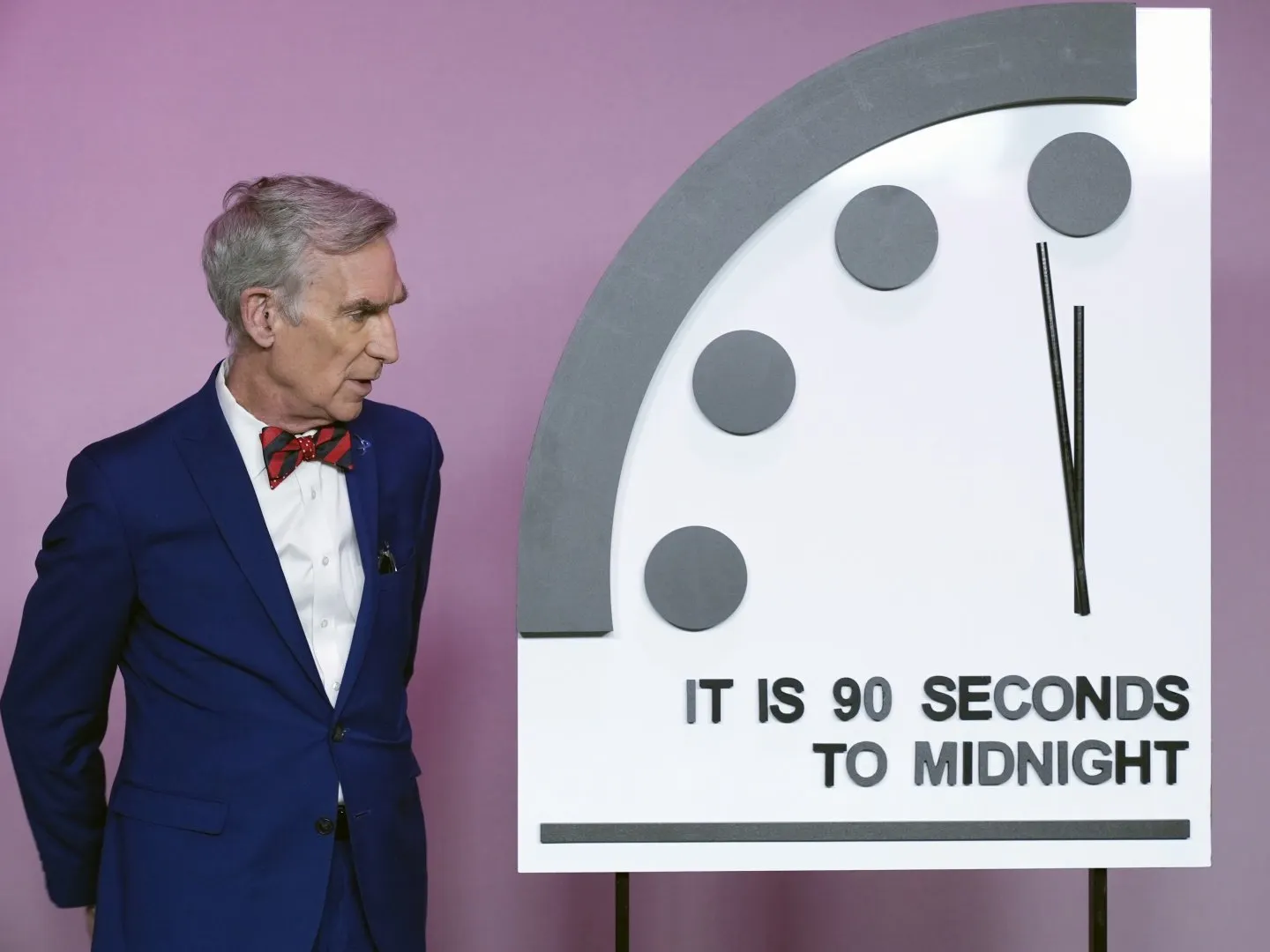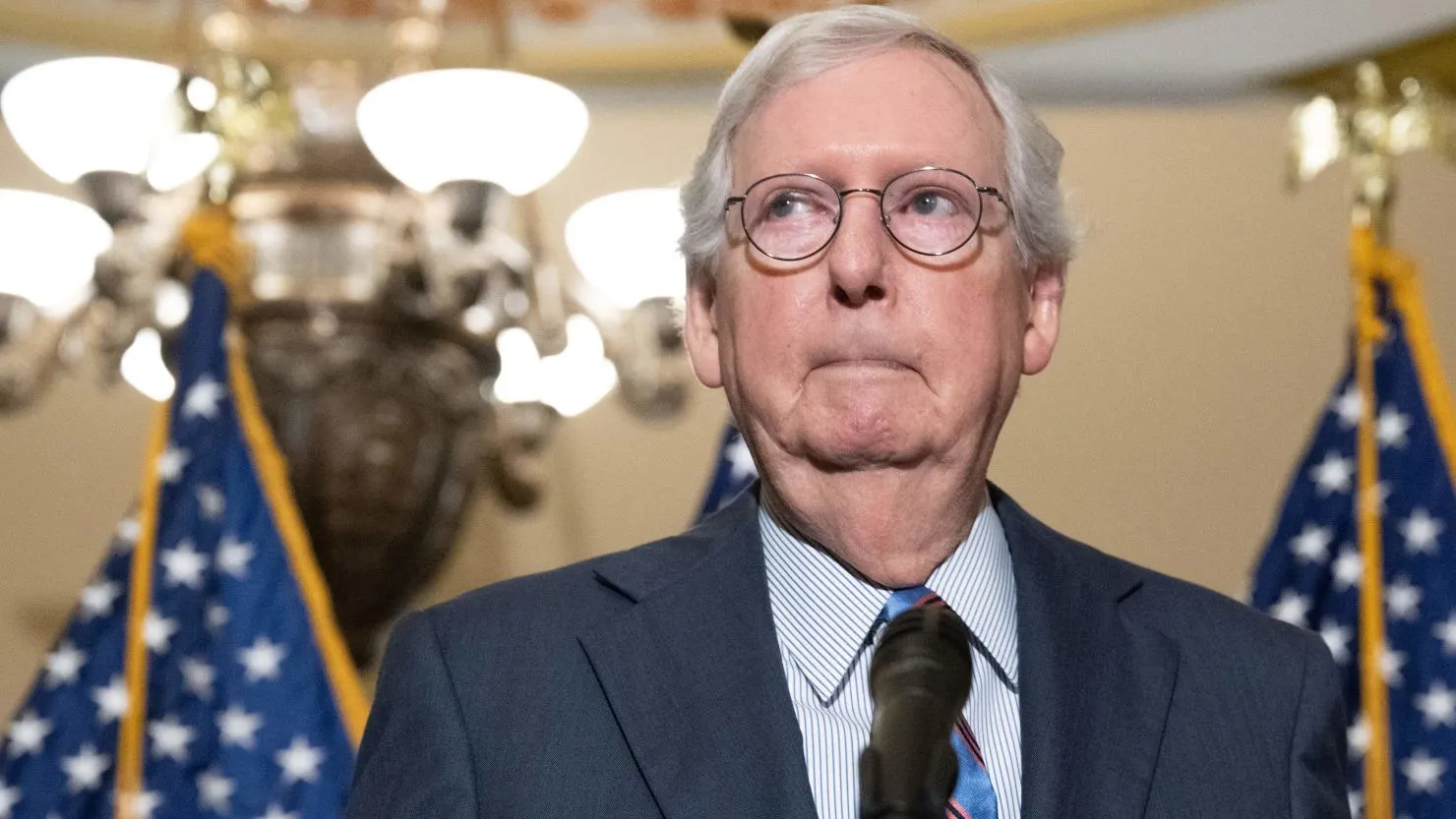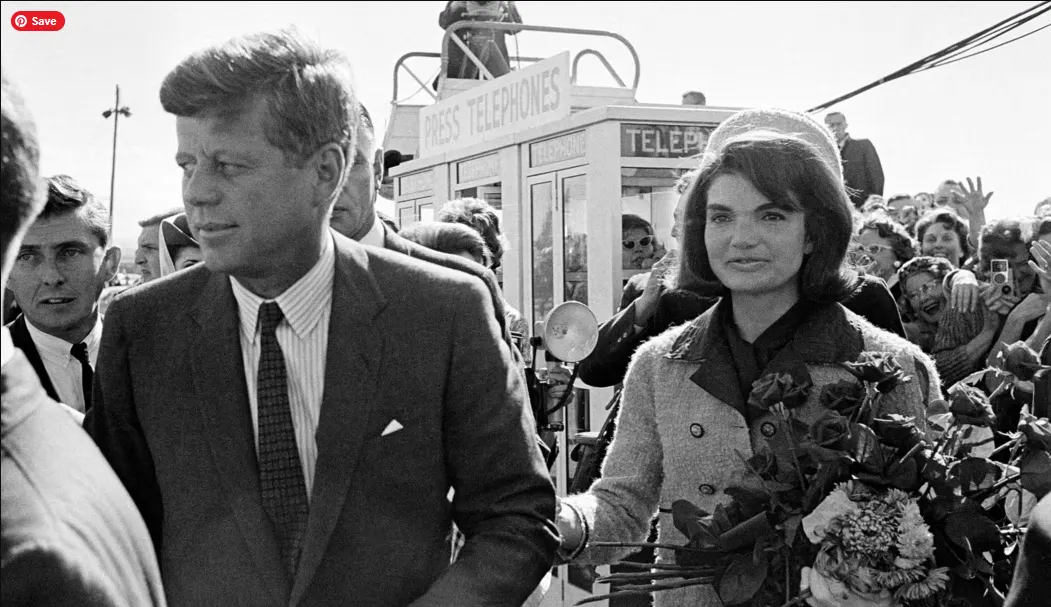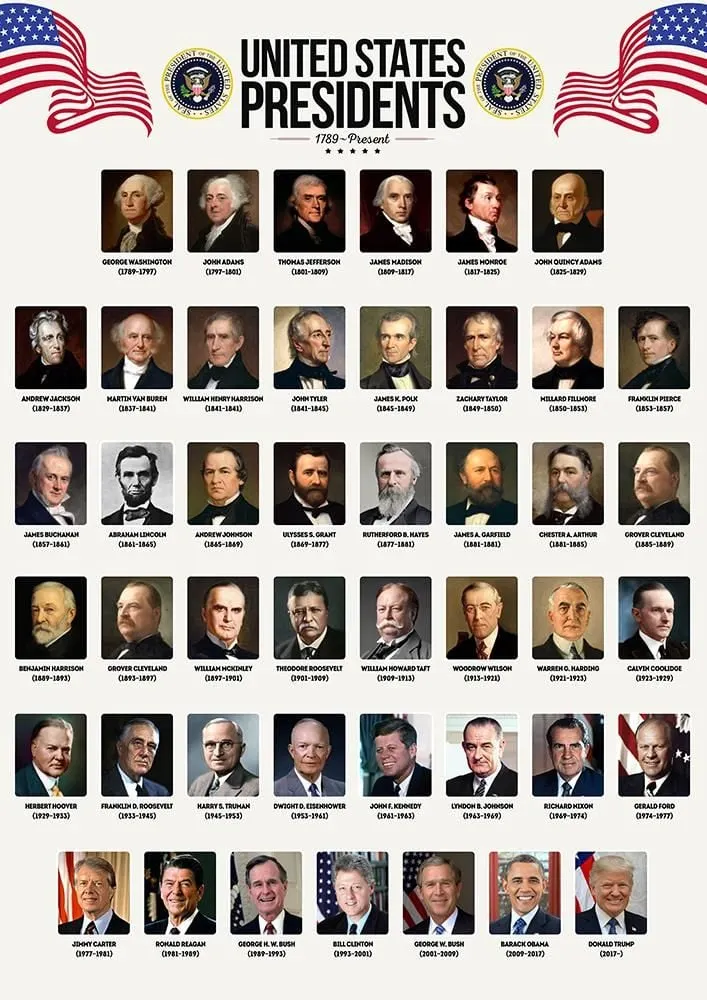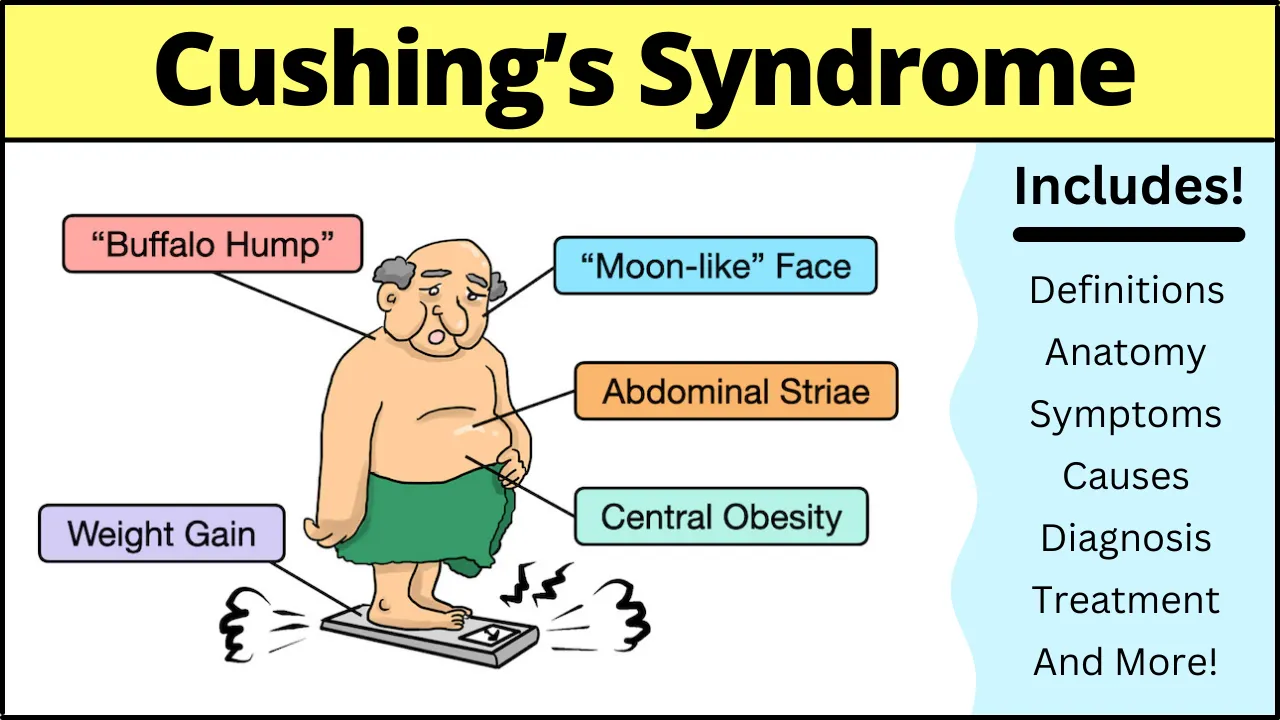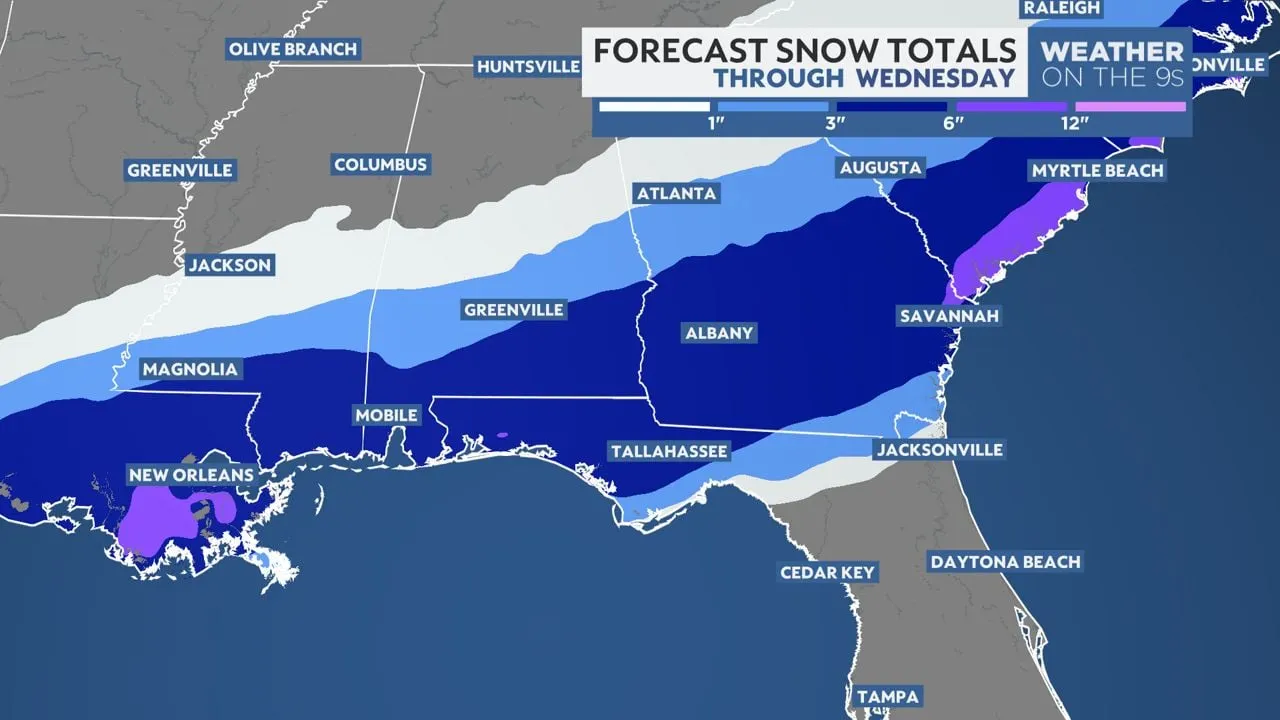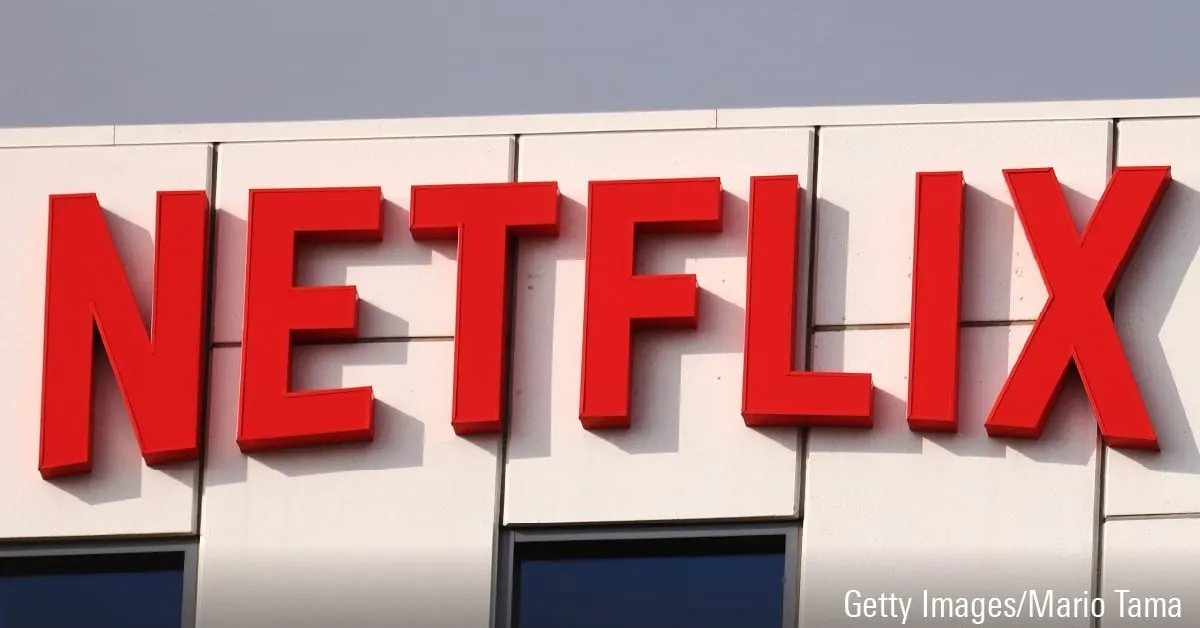Colombia and the U.S.: Tariffs, Deportation Flights, and the Petro-Trump Standoff
Introduction
The relationship between Colombia and the United States has long been a cornerstone of Latin American geopolitics. However, recent developments have brought this partnership into the spotlight, with tensions escalating over deportation flights, tariffs, and political rhetoric. Colombian President Gustavo Petro and U.S. President Donald Trump have clashed over key issues, including the treatment of deported migrants and trade policies. This article delves into the latest news, analyzing the economic and political implications of these events.
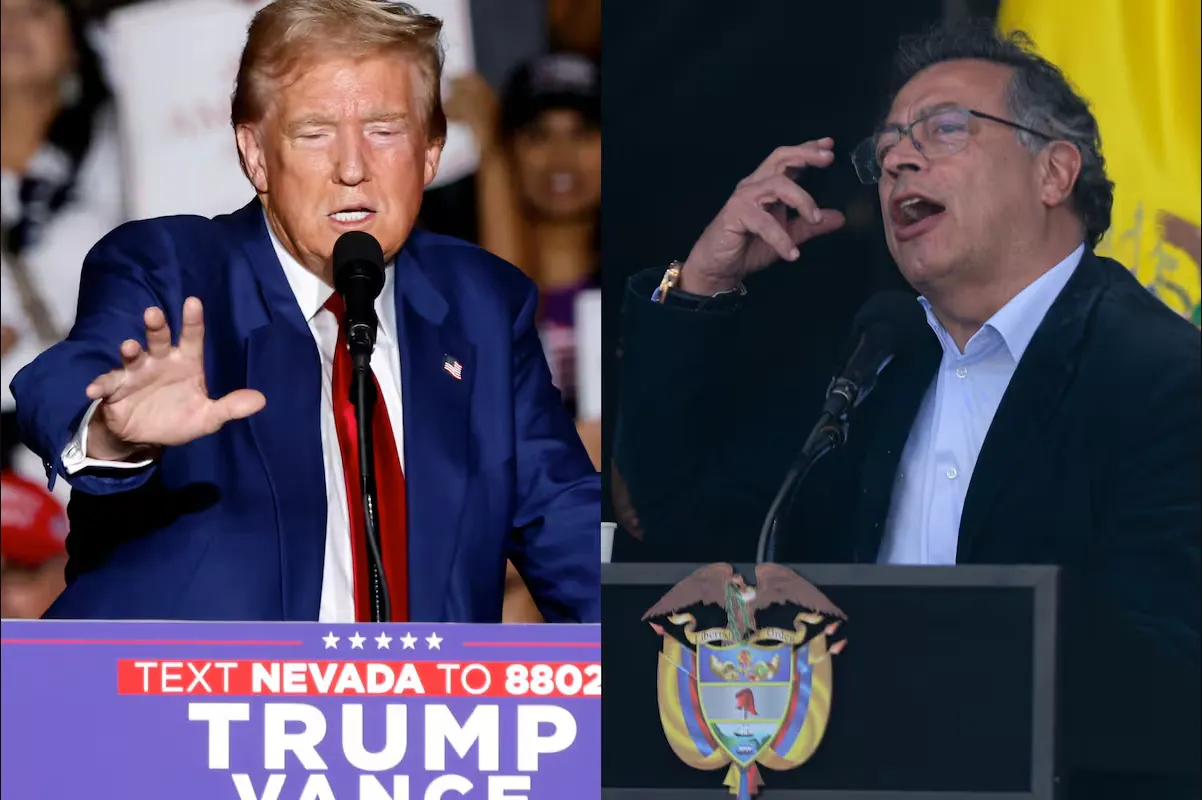
The Petro-Trump Standoff: Deportation Flights and Tariff Threats
In January 2025, a diplomatic crisis erupted between Colombia and the United States when President Gustavo Petro refused to allow U.S. military planes carrying deported Colombian migrants to land. Petro cited concerns over the "inhumane treatment" of deportees, demanding that migrants be treated with dignity and respect. This move was met with swift retaliation from President Donald Trump, who announced a 25% tariff on all Colombian imports, threatening to increase it to 50% if Colombia did not comply.
The standoff escalated as Petro responded with retaliatory tariffs on U.S. goods, sparking fears of a trade war. However, after intense negotiations, Colombia agreed to accept the deportation flights, averting further economic fallout. The White House declared victory, stating that Colombia had agreed to all U.S. terms, including the use of military aircraft for deportations.
What Are Tariffs, and How Do They Impact Trade?
Tariffs are taxes imposed on imported goods, often used as a tool to protect domestic industries or as leverage in international negotiations. In this case, Trump's tariffs on Colombian imports were designed to pressure the Petro administration into compliance. Colombia, heavily reliant on trade with the U.S., faced significant economic risks. The United States is Colombia's largest trading partner, with bilateral trade totaling $53.5 billion in 2022. Key Colombian exports to the U.S. include crude oil, coffee, and cut flowers, while the U.S. exports gasoline, corn, and soybeans to Colombia.
Colombia's Economic Dependence on U.S. Trade
Colombia's economy is deeply intertwined with the United States. In 2022, Colombian exports to the U.S. were valued at $24.8 billion, while U.S. exports to Colombia reached $28.7 billion. The top Colombian exports include:
- Crude Oil: A major driver of Colombia's economy, crude oil accounts for a significant portion of its exports to the U.S.
- Coffee: Colombia is renowned for its high-quality coffee, making it a staple in U.S. imports.
- Cut Flowers: The U.S. is the largest market for Colombian flowers, particularly roses and carnations.
On the other hand, Colombia imports essential goods from the U.S., such as agricultural products, machinery, and chemicals. The imposition of tariffs threatened to disrupt this trade balance, potentially harming both economies.
The Political Fallout: Petro's Leadership Under Scrutiny
Gustavo Petro, Colombia's first leftist president, has faced criticism for his handling of the crisis. His initial refusal to accept deportation flights was seen as a bold stand for human rights, but critics argue that it jeopardized Colombia's economic stability. Petro's approval ratings, already low due to corruption scandals and ongoing violence, took a further hit during the standoff.
Petro's rhetoric during the crisis, including his fiery social media posts, drew both praise and condemnation. He accused Trump of treating Colombians as criminals and vowed to defend his country's dignity. However, his decision to eventually back down and accept the deportation flights was seen by some as a capitulation to U.S. pressure.
Trump's Aggressive Tactics: A Double-Edged Sword
Donald Trump's approach to the crisis was emblematic of his broader immigration and trade policies. By leveraging tariffs and sanctions, Trump sought to enforce compliance from Colombia and other nations. His administration's use of military aircraft for deportations marked a significant escalation in immigration enforcement, drawing criticism from human rights groups.
While Trump's tactics achieved their immediate goal, they also risked alienating key allies in Latin America. Analysts warn that such aggressive measures could push countries like Colombia to seek alternative trade partners, such as China or the European Union, to reduce their dependence on the U.S.
The Role of Social Media: Truth Social and FAFO
The crisis played out prominently on social media, with both leaders using platforms to rally support and criticize each other. Trump took to Truth Social, his preferred platform, to announce tariffs and denounce Petro's actions. He even posted an image with the acronym "FAFO" (short for "F*** Around and Find Out"), signaling his hardline stance.
Petro, meanwhile, used X (formerly Twitter) to defend his position and criticize Trump's policies. His posts highlighted Colombia's cultural heritage and called for mutual respect between nations. The use of social media amplified the rhetoric on both sides, shaping public perception of the crisis.
Broader Implications for U.S.-Colombia Relations
The standoff between Petro and Trump underscores the fragility of U.S.-Colombia relations. While the two countries have historically been close allies, recent events have exposed underlying tensions. Differences over immigration, trade, and counternarcotics policies have strained the partnership, raising questions about its future.
For Colombia, the crisis highlighted the risks of economic dependence on the U.S. Petro's administration may seek to diversify trade relationships, exploring opportunities with other global powers. For the U.S., the episode demonstrated the challenges of enforcing immigration policies while maintaining diplomatic ties.
What Does the Future Hold?
As the dust settles, both countries face significant challenges. Colombia must navigate the economic impact of the crisis while addressing domestic issues such as corruption and violence. The U.S., under Trump's leadership, continues to pursue an aggressive immigration agenda, with potential implications for its relationships across Latin America.
The crisis also raises broader questions about the role of tariffs and sanctions in international diplomacy. While effective in the short term, such measures can have long-term consequences, potentially driving countries to seek alternatives to U.S. influence.
Conclusion
The recent standoff between Colombia and the United States highlights the complexities of modern geopolitics. From deportation flights to tariffs, the crisis revealed the economic and political stakes for both nations. As Gustavo Petro and Donald Trump navigate their respective challenges, the future of U.S.-Colombia relations remains uncertain. What is clear, however, is that the decisions made during this crisis will have lasting implications for both countries and the broader region.
By understanding the nuances of this crisis, we gain insight into the delicate balance of power and diplomacy in the Americas. As the world watches, the actions of leaders like Petro and Trump will shape the trajectory of U.S.-Colombia relations for years to come.


